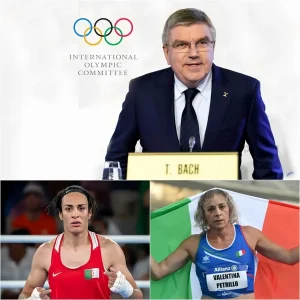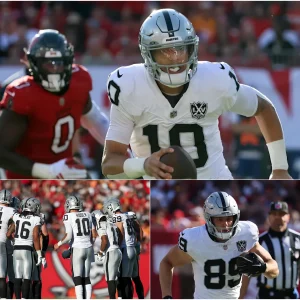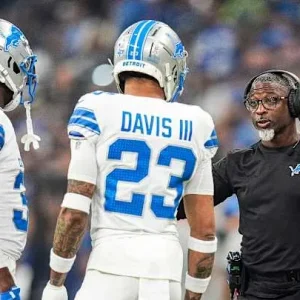Danica Patrick recently shared her thoughts on adjusting to the grueling schedule of the NASCAR Cup Series after moving from IndyCar, where the seasons are shorter. Initially, she was not used to the nonstop weekly racing that NASCAR requires.

After a stint in the British Formula Junior Series and seven years in IndyCar, Patrick announced that she would be moving to NASCAR full-time stock car racing in August 2011. While she expressed her enjoyment of the strategic intricacies of NASCAR, such as pit strategies and track variations, there is speculation that the difficulty of securing sponsorship influenced her decision to make the switch.
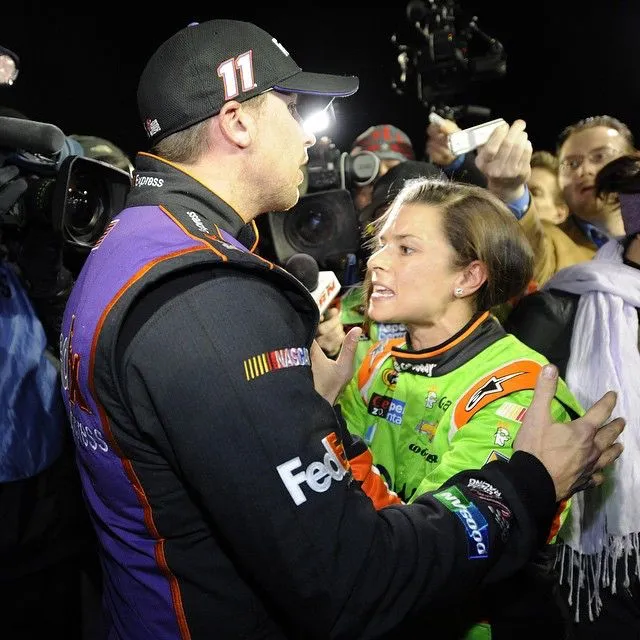
Patrick thought the move to NASCAR would be easier than it actually was. In a recent conversation with Codie Sanchez, she shared the challenges she faced in moving from the shorter IndyCar season to NASCAR’s nearly nonstop schedule.
“So when I came to NASCAR from IndyCar, it was race after race. IndyCar is a much shorter season. NASCAR is basically the same every weekend,” Danica Patrick said. “The energy of one weekend would spill over into the next very easily. And that’s what I let it do when I first got there. And then it completely blew up when it was like the second or third race in a row, which was bad early in the season.
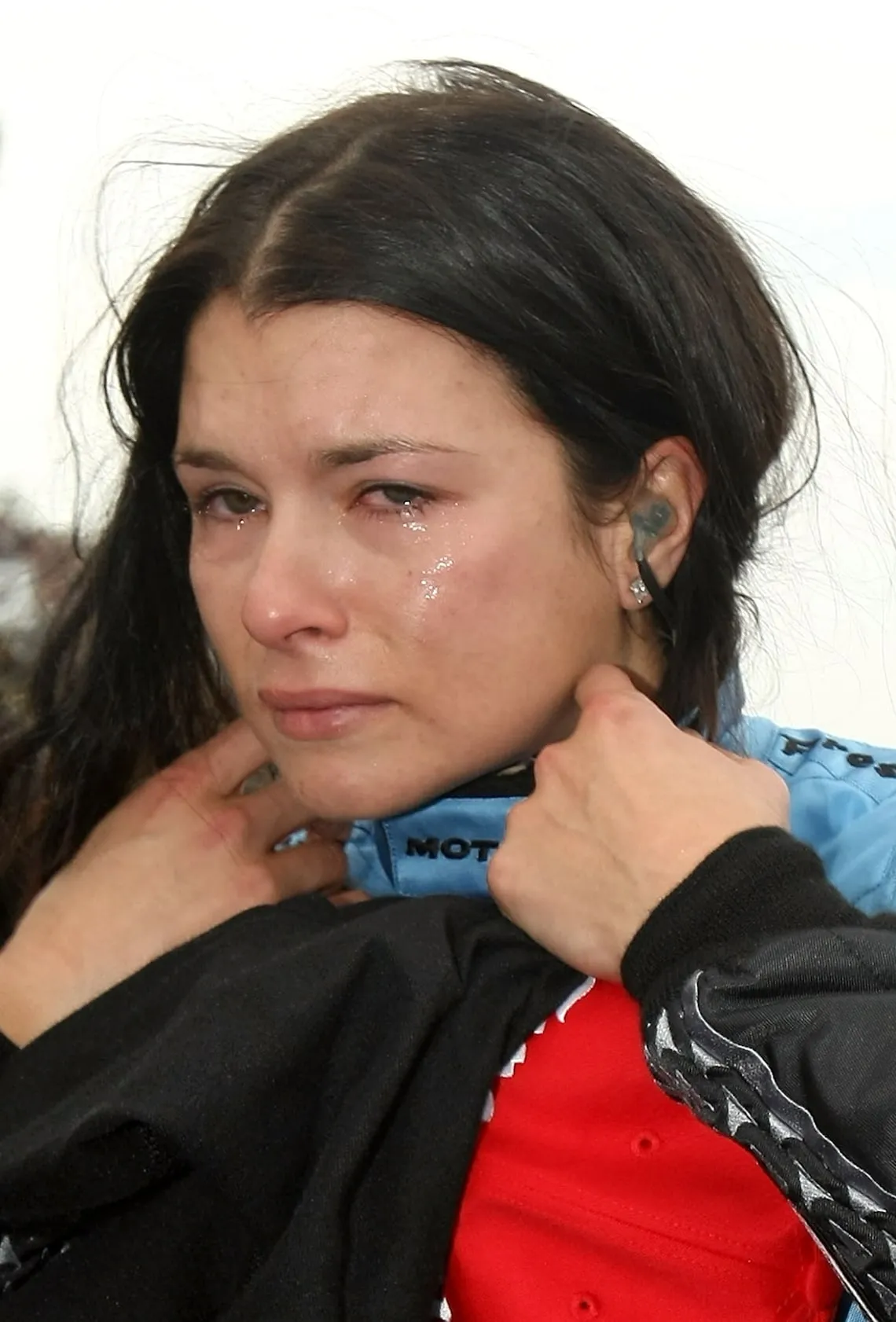
And it was Phoenix, my sponsor’s hometown race, and I was just an asshole about it. And then I realized, oh, I better get over this quickly so I can reset next weekend and bring a better attitude and a better mood because I’m always ready.”
Today, Danica Patrick has successfully transitioned into an entrepreneur and business owner after retiring from full-time racing in 2017. She returned to racing briefly to compete in the 2018 Daytona 500 and the 2018 Indianapolis 500 before hanging up her helmet for good.
Danica Patrick discusses her image in NASCAR
Danica Patrick, winner of the 2008 Indy Japan 300, often attracts significant media attention, not only because she is a prominent female driver in the all-male NASCAR series, but also because of her image and media presence.
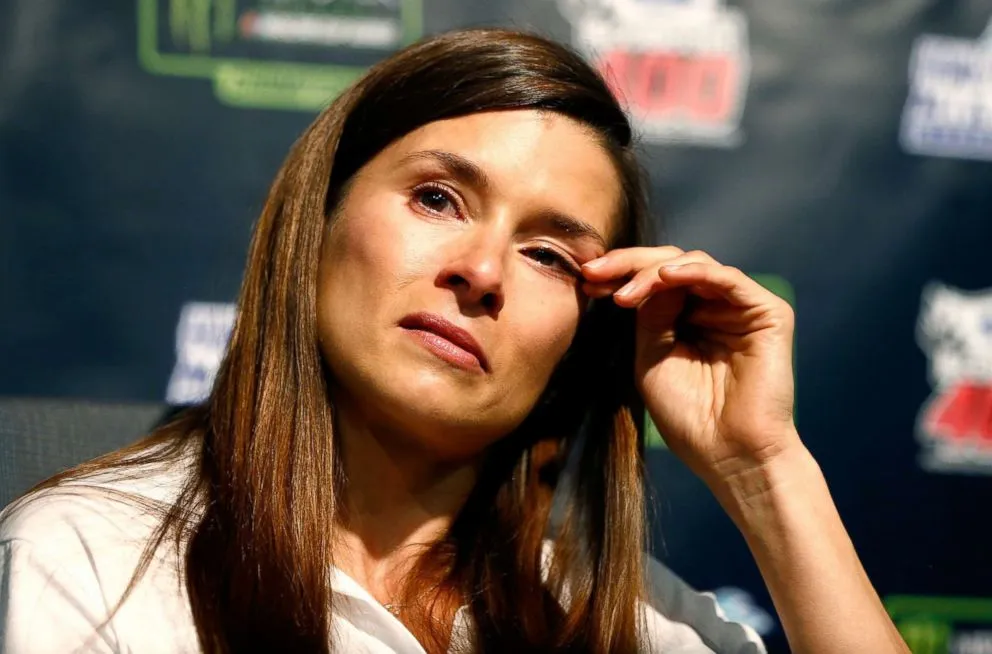
In a 2016 interview with Fox Sports, Patrick talked about the attention she received the special attention she receives and her views on being labeled a NASCAR sex symbol. She explained that such recognition isn’t necessarily good or bad, but simply part of being in the spotlight. She said [via Fox News]:
“I don’t think there’s anything you can do about it. I don’t think it’s necessarily good or bad; it’s just what it is, and I figure that everyone is a sex symbol to someone, maybe not as much as other people, but everyone is a sex symbol to someone at some point.”
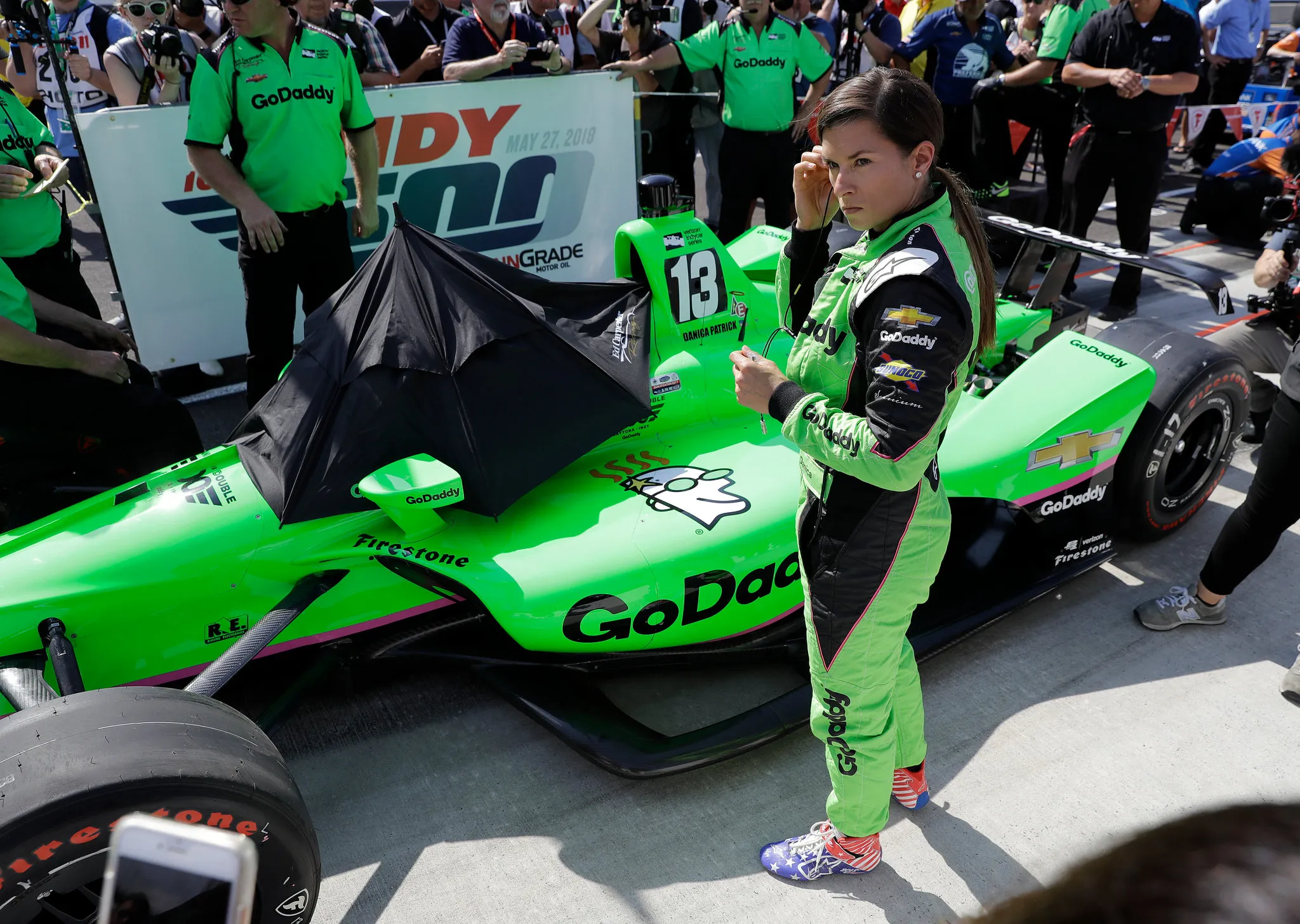
Patrick remains involved in the racing world, sharing her expertise as a broadcaster for NASCAR and F1 events.
